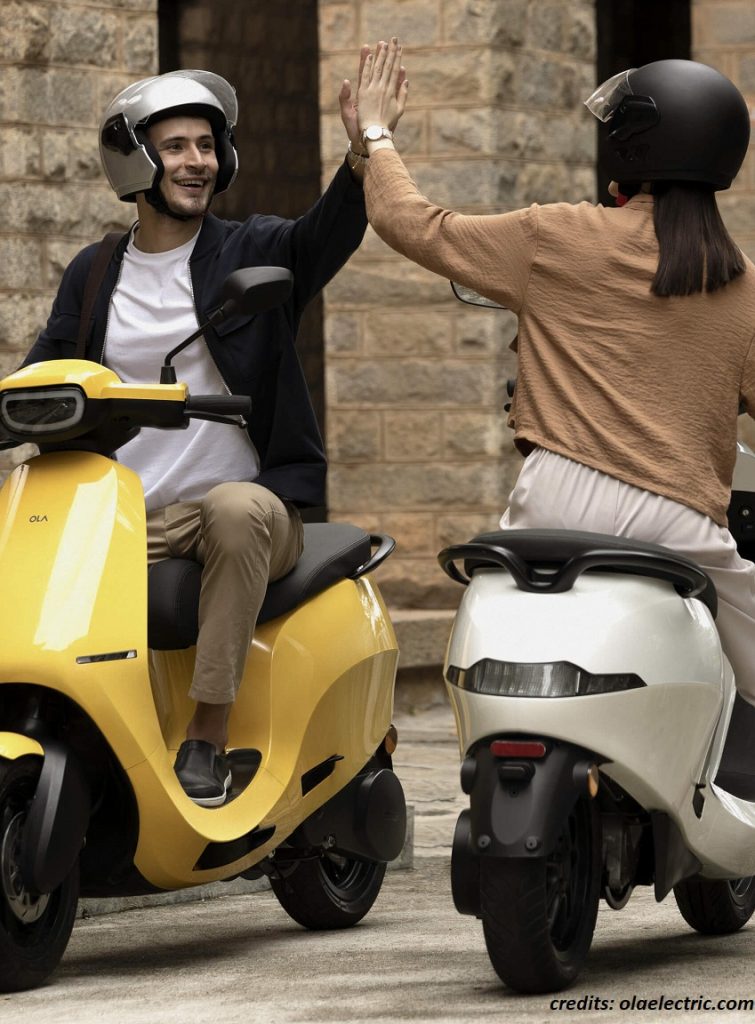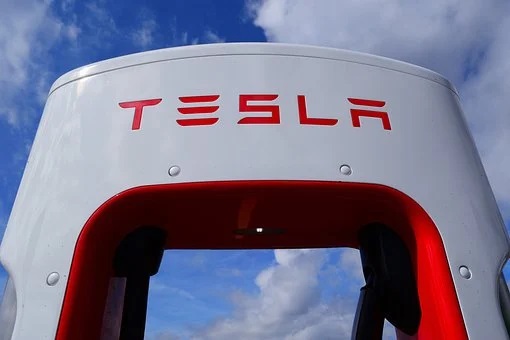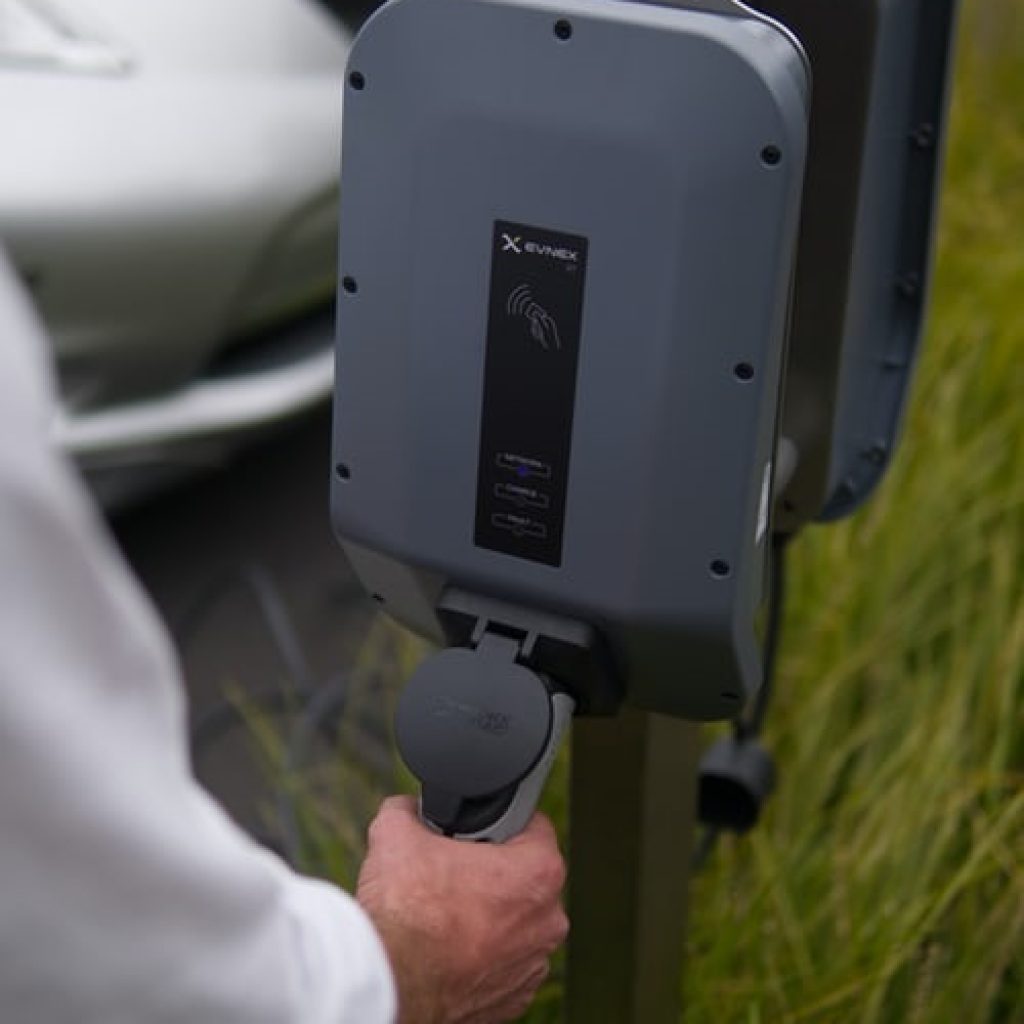Here Is Why OLA Can Be The Tesla of Electric Scooters
One morning in August this year, I woke up to the news of OLA Electric scooters clocking over 1,00,000 bookings in India. That was within 2 days of its launch. In my mind, I quickly compared this to the 1,26,000 electric scooters sold in the entire last year in the country and said to myself, does this news spell some revolution in the making?
OLA is India’s leading ride-hailing company and a complete outsider to the Automotive industry. Yet, it is betting so heavily on the Electric Mobility revolution in India. Will OLA do to the global electric scooters industry what Tesla did to cars?


When Tesla released Roadster, its first electric car in 2008, it too was an industry outsider. The traditional industry leaders GM & Ford were taking slow cautious steps in E-Mobility. This outlier followed a different daring approach. And by July of 2020 Tesla became the world’s most valuable automaker at USD 209 Billion. more than four times the combined value of GM & Ford. OLA has the same start-up DNA as Tesla and is extremely well-funded as Tesla was in 2008. It has an added advantage of a matured EV technology and of being in one of the largest two-wheeler markets in the world.
OLA has been India’s leading taxi aggregator company since 2010. It started its EV business under a separate company OLA Electric in 2017. Within a short span of 4 years, its latest round of funding saw its value at USD 3 Billion, even before it had produced a single vehicle. The company is building a world-class 300 million dollars factory. With a production capacity of 10 million vehicles per year, it will be the world’s largest two-wheelers plant. This scale & automation allows OLA to price its electric scooters 11 to 41 percent lower than its main competitors and just 10 to 15 % above top-selling ICE scooters. With this strong footing, OLA’s ambition is to be a global player, while dominating the Indian EV market. This scenario seems like a Déjà vu to me. The established Indian 2-wheeler leaders like Hero, Bajaj, and TVS are trading a cautious path with EVs, same as the GM & Ford of 2008. Ola, on the other hand, is leapfrogging, like Tesla.
Two-wheelers are becoming electric faster than any other segment of road transport globally. Bloomberg NEF estimates 2020 electric two-wheeler sales at over 25 million. That is 35% of sales globally, much more than passenger cars where EVs are only around 5% of sales presently. China is the leading producer & consumer of Electric 2 wheelers today. Chinese story has been that of an “evolution” starting with the mass adoption of electric bicycles in the 2000s, moving over to slow speed short distance mopeds from 2014. It has therefore developed as a highly fragmented market with over 100 manufacturers, though there are some prominent players like Yadea, Aima, Luyuan, Nio, and Ninebot. India, the world’s largest 2-wheeler still produces 20 Million fossil fuel 2 wheelers, with its electric 2 wheeler production just being around 150000 last year.
The market response to a trailblazer like OLA can spiral the industry into motion and thrust this market into the next orbit. More like a ‘revolution’ unlike China’s slow ‘evolution’. This can create totally different competitive dynamics with a handful of big players like OLA, with huge economies of scale, which will enable them to expand globally.
Ola : Taking Right Steps at Right Times
When I dug deeper into the Ola story, I found another interesting parallel. By 2012, most global Auto giants had activated billion-dollar plans for EV development. But none of them had thought of investing in charging infrastructure themselves. Tesla took the bold step to roll out a coast-to-coast proprietary network and solved the buyer’s “range anxiety” problem. Tesla buyers did not have to worry much about charging. OLA is following a similar approach in India. Four months ahead of its Electric Scooter launch, OLA unveiled plans for a mega Hyper charger Network with 100000 charging points for its e-scooter. This extensive network will spread across 400 cities, making it the world’s largest and densest. In the first year alone, Ola will be ready with over 5,000 charging points across 100 cities in India. This, as Bhavish Aggarwal, Ola’s Chairman and Group CEO put it, will be more than double the existing charging infrastructure in the country. The company has proposed to invest around $2 billion in the next five years for this project.

What’s in the Future?
If you are wondering what is next in the Ola story, Aggarwal says that it will be electric cars. “Car will be there soon. Right now, we’re focused on getting our scooter out, but we are working on our car. It’ll be out in 2023,” he said in a publication. Aggarwal will have a similar approach for their future products just like their electric scooter project. “Our vision is to be the future of mobility and to be the future mobility platform for India and the rest of the world. And ride-sharing has been the start of that vision, a core pillar of that vision. The second pillar is our Ola Electric business where we want to make in India for the world. And the third pillar for us is to build a new format of auto retail. People need to consume and buy auto products in a digital way,” he added.
Like Musk, Aggarwal is also a visionary. In long term, Ola plans to produce kick scooters, e-bikes, drones and even flying cars. His future mobility scheme is to help meet the country’s and the world’s various transport needs, Bhavish Agarwal said in a blog post in early November. “Our EVs are smart, connected AI machines and will leapfrog current personal vehicles that are dumb mechanical devices. They will serve diverse needs through a variety of form factors including kick scooters, e-bikes, and yes even drones and flying cars,” he wrote. That is an audacious goal and vision. But going by his track record, it does not seem impossible to me.
OLA has become the poster boy of Electric Vehicles in India. They can catapult India’s electric vehicle industry into a different orbit. They have a dream of supplying to global markets with a leadership position. Like Tesla in the US, Ola will inspire other adventurous entrepreneurs to take bolder strides. The Indian government has already set in motion a $7.5 billion incentive plan. This is for companies to set up battery and vehicle manufacturing and for buyers to switch to EVs. The orbital growth engines like OLA will further embolden the government to pursue undaunted goals with a firmer policy and bigger incentives.
Will OLA catapult India onto the global EV stage and do to the global electric scooter industry what Tesla did to cars? Well, the stage is set. Let us see how the drama unfolds.

Author of this article, Sudhir, with over 25 years experience in the Automotive industry, is now a Partner at Global Alliance Automotive AG, Switzerland & Founder-CEO of Quanzen Services, India. You can reach him at https://www.linkedin.com/in/sudhirnerurkar/ or write to him at sudhir.nerurkar@quanzen.com




